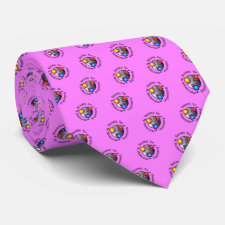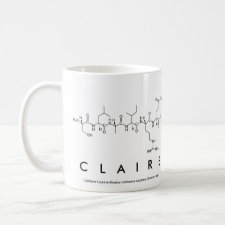
Authors: Griffete N, Frederich H, Maître A, Ravaine S, Chehimi MM, Mangeney C
Article Title: Inverse Opals of Molecularly Imprinted Hydrogels for the Detection of Bisphenol A and pH Sensing.
Publication date: 2012
Journal: Langmuir
Volume: 28
Issue: (1)
Page numbers: 1005-1012.
DOI: 10.1021/la202840y
Abstract: Inverse opal films of molecularly imprinted polymers (MIP) were elaborated using the colloidal crystal template method. The colloidal crystals of silica particles were built by the Langmuir-Blodgett technique, allowing a perfect control of the film thickness. Polymerization in the interspaces of the colloidal crystal in the presence of bisphenol A (BPA) and removal of the used template provides 3D-ordered macroporous methacrylic acid-based hydrogel films in which nanocavities derived from bisphenol A are distributed within the thin walls of the inverse opal hydrogel. The equilibrium swelling properties of the nonimprinted (NIPs) and molecularly imprinted polymers (MIPs) were studied as a function of pH and bisphenol A concentration, while the molecular structures of the bulk hydrogels were analyzed using a cross-linked network structure theory. This study showed an increase in nanopore (mesh) size in the MIPs after BPA extraction as compared to NIPs, in agreement with the presence of nanocavities left by the molecular imprints of the template molecule. The resulting inverse opals were found to display large responses to external stimuli (pH or BPA) with Bragg diffraction peak shifts depending upon the hydrogel film thickness. The film thickness was therefore shown to be a critical parameter for improving the sensing capacities of inverse opal hydrogel films deposited on a substrate.
Template and target information: bisphenol A



Join the Society for Molecular Imprinting

New items RSS feed
Sign-up for e-mail updates:
Choose between receiving an occasional newsletter or more frequent e-mail alerts.
Click here to go to the sign-up page.
Is your name elemental or peptidic? Enter your name and find out by clicking either of the buttons below!
Other products you may like:
 MIPdatabase
MIPdatabase









